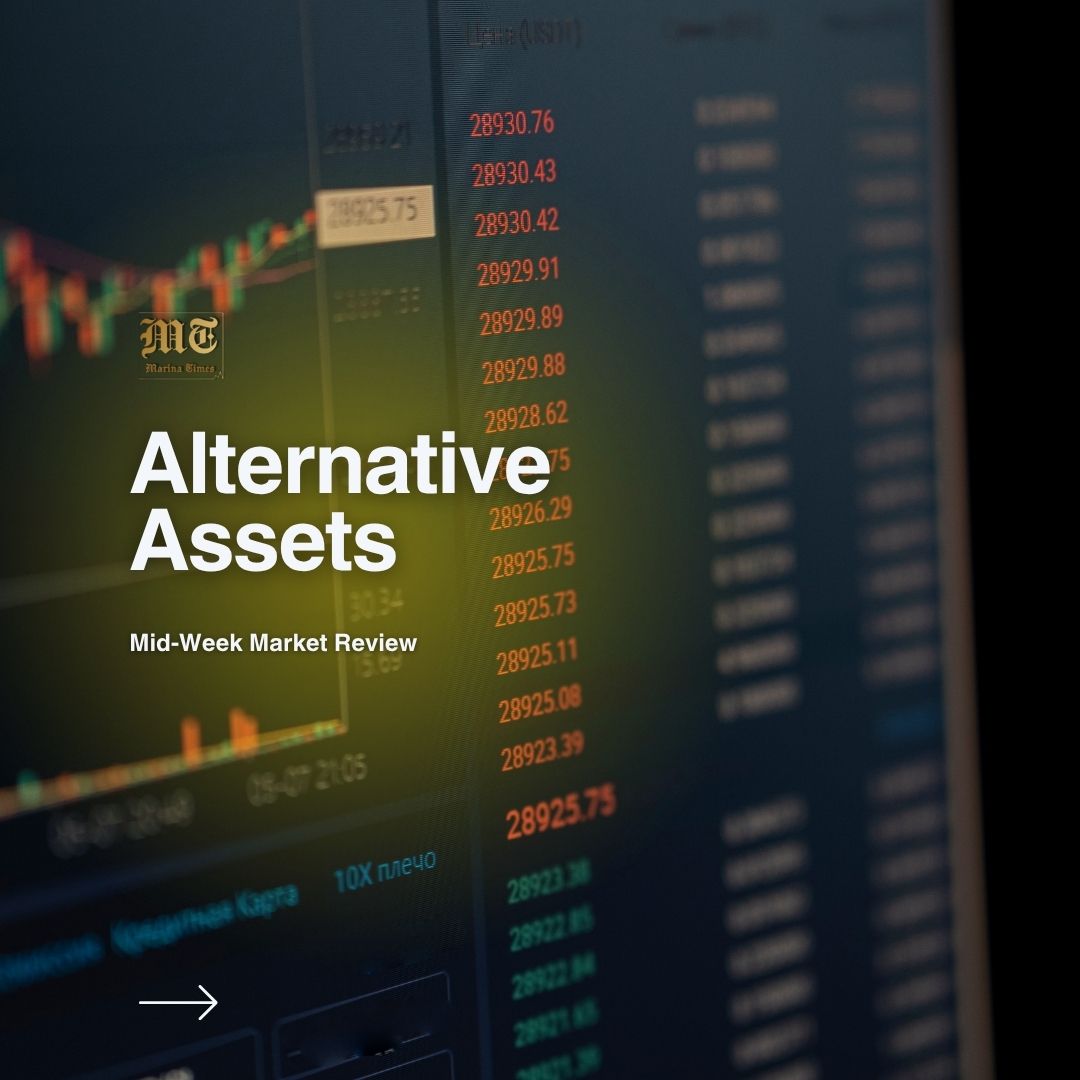

The past week in the cryptocurrency space was marked by significant price movements, institutional activities, and notable events. Bitcoin maintained its dominance, while altcoins and global regulatory developments helped shape the landscape.
—
Bitcoin Price Movements
Bitcoin (BTC) traded at approximately $121,696 on July 14, 2025, after hitting an all-time high of $123,000 earlier that week, per Fortune Crypto. By July 30, 2025, BTC’s price had slightly retreated but remained robust, trading around $120,000, according to sources like The Motley Fool. This period saw Bitcoin’s market capitalization briefly surpass $2.3 trillion, outpacing companies like Amazon’s $2.1 trillion valuation before stabilizing
—
Market Drivers:
—
Altcoin Performance and Broader Market Trends
Altcoins like XRP, Solana, and Cardano had varied performance. XRP gained attention due to Ripple’s $50 million initiative to promote mainstream adoption and its inclusion in discussions about a U.S. digital asset reserve, though Michael Saylor expressed skepticism about altcoins’ risk profiles. Solana and Cardano also saw price increases, with Solana benefiting from its scalability narrative and Cardano from ecosystem developments.
The total cryptocurrency market cap was approximately $4 trillion, with Bitcoin accounting for 60% worth $2.4 trillion. Altcoins, while growing, remained secondary to Bitcoin’s dominance.
Discussions around stablecoins (e.g., Ripple’s RLUSD) and Central Bank Digital Currencies (CBDCs) intensified, with events like Digital Assets Week Hong Kong 2025, focusing on their role in institutional finance.
—
Regulatory and Policy Developments
—
Upcoming Conferences and Market Expectations
—
Notable Purchases and Investments
Michael Saylor’s Strategy (Formerly MicroStrategy) continued its aggressive Bitcoin acquisition strategy, solidifying its position as the world’s largest corporate Bitcoin holder. Specific purchases during July include:
These procurements were funded through a combination of stock sales (common and preferred) and debt offerings, including convertible bonds. The company’s strategy of leveraging debt to buy Bitcoin has been controversial but effective, with its stock surging over 3,500% since 2020.
—
Other Corporate Acquisitions Move
Several public companies joined the “Bitcoin 100”, a group holding Bitcoin on their balance sheets. Notable names included:
—
Government Initiatives: Discussions about sovereign wealth funds and central banks accumulating Bitcoin as a reserve asset gained traction, though no specific purchases were confirmed during this exact period. El Salvador continued its Bitcoin accumulation, but precise data for July 22 – 30 is not available.
Altcoin Activity
While XRP’s inclusion in digital reserve discussions signaled institutional curiosity, large-scale altcoin purchases during this period were not reported. However, Solana and Cardano gained investor interest due to their utility and smart contract capabilities.
Other Significant Market Developments
Bitcoin’s fixed supply cap of 21 million units and halving cycles continued to drive scarcity narratives, supporting price growth. Saylor’s prediction of Bitcoin reaching $21 million by 2046 (a 17,400% increase from $120,000) fueled long-term optimism.
Tokenization also remained a major theme, with thought leaders emphasizing the tokenization of global assets (real estate, bonds, stocks) on blockchain, potentially increasing Bitcoin demand. Estimates worth $500 trillion in assets could be tokenized, with Bitcoin as a potential standard currency.
Fraud Warnings and Mining Developments
Saylor issued a warning about cryptocurrency giveaway scams on his website, emphasizing his non-involvement or sponsorship in such activities. This highlighted ongoing concerns about fraud in the crypto space.
Meanwhile, on the Mining and Infrastructure space, preparations and planning for Mining Disrupt 2025, set for November in Texas, are ongoing with a focus on Bitcoin mining innovations. This reflects a growing infrastructure investment, though no specific mining-related purchases were noted for July 22 – 30.
—
Global Regional Spotlights
Across the world, nations are taking different stances on the rise of stablecoins and cryptocurrencies. In the UK, the Bank of England’s Governor, Andrew Bailey, spoke with concern to the advisors, with a stern face, he warned: “We need to tread carefully in this stablecoin market, if this coin rises too fast, we risk losing control of the wheel that steers our economy’’…
The advisors agreed, with the Bank of England watching the coin from afar, weary, not knowing what would happen next, would it take away its control?
A different story for El Salvador, they embraced Bitcoin, calling it a tool for freedom, change, and access to the future.
Across the sea in China, another joyous dance began. Bitcoin was not feared; friendly policies are being made to adopt it.
Now, the world stands divided, debating whether to cling to the old traditions or boldly reach out for what’s next. One is worried about losing control of its economy, while the other is happy to jump on the trend of embracing and exploring the new future digital currencies.
By: Sandra A. Aghaizu